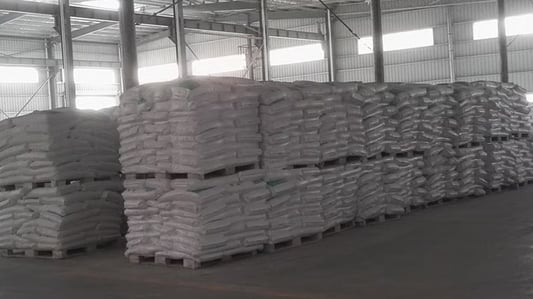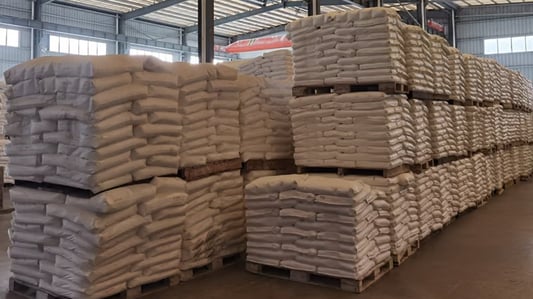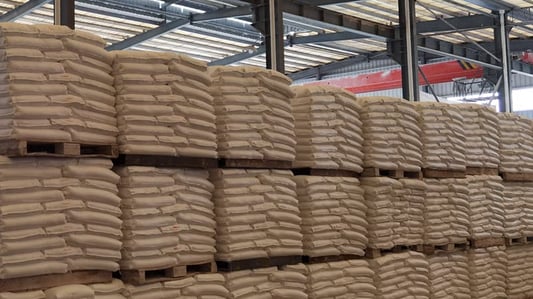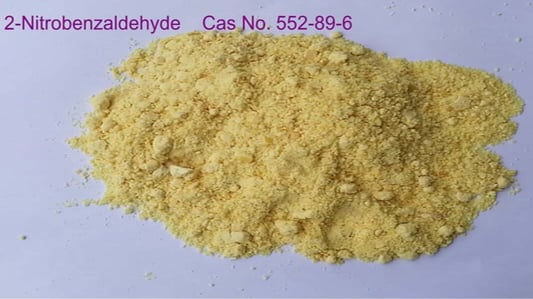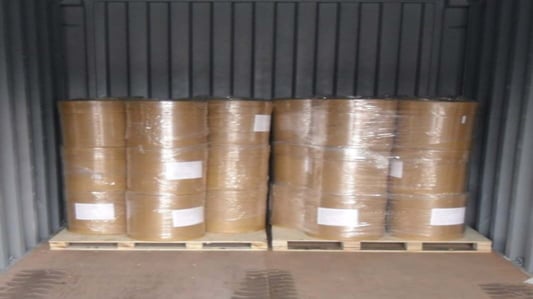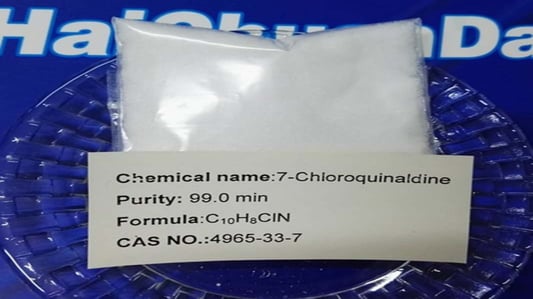The Formation of nano calciteNano calcite is a mineral that forms from the reaction of calcium ions and carbonate ions, resulting in a crystalline structure composed of calcium carbonate. These crystals are extremely small, ranging in size from 1 to 100 nanometers, which gives nano calcite its unique properties.The Physical Properties of Nano CalciteNano calcite is known for its high surface area and high surface energy, making it ideal for a wide range of industrial applications. Its small particle size also allows for enhanced dispersion in various mediums, leading to improved performance in products such as paints, coatings, and plastics.The Optical Properties of Nano CalciteNano calcite exhibits unique optical properties, including high brightness and high refractive index, which make it a popular choice for use in papers, plastics, and ceramics. Its fine particle size also helps to improve the opacity and whiteness of products, making them appear more vibrant and appealing.The Environmental Benefits of Nano CalciteNano calcite is a naturally occurring mineral that is environmentally friendly and non-toxic. Its use in various industries can help reduce the reliance on synthetic materials and chemicals, leading to a more sustainable and eco-friendly future.The Applications of Nano Calcite in the Paint IndustryNano calcite is widely used in the paint industry as a filler and pigment extender due to its high brightness, opacity, and rheological properties. It helps improve the paint's coverage, durability, and overall quality, making it a valuable ingredient in both decorative and industrial paints.The Role of Nano Calcite in the Plastics IndustryIn the plastics industry, nano calcite is used as a filler and reinforcement material to enhance the mechanical properties of plastic products. It helps improve the stiffness, strength, and dimensional stability of plastics, making them more durable and resistant to wear and tear.The Impact of Nano Calcite on the Paper IndustryNano calcite is commonly used in the paper industry as a coating pigment and filler due to its high brightness, whiteness, and smoothness. It helps improve the printability, opacity, and surface finish of papers, resulting in higher quality and more visually appealing printed materials.The Use of Nano Calcite in the Construction IndustryIn the construction industry, nano calcite is utilized in products such as concrete, mortar, and tiles to improve their mechanical properties and durability. Its small particle size allows for better dispersion and binding with other materials, leading to enhanced performance and longevity of construction materials.The Role of Nano Calcite in the Pharmaceutical IndustryNano calcite is gaining popularity in the pharmaceutical industry due to its high surface area and bioavailability. It is used in drug delivery systems and formulations to improve the solubility, stability, and efficacy of pharmaceutical products, leading to better treatment outcomes for patients.The Future of Nano Calcite TechnologyAs research and development in nanotechnology continue to advance, the potential applications of nano calcite are expected to expand even further across various industries. Its unique properties and environmentally friendly nature make it a valuable and versatile mineral that will continue to play a significant role in shaping the future of materials science and technology.Quote Inquirycontact us




